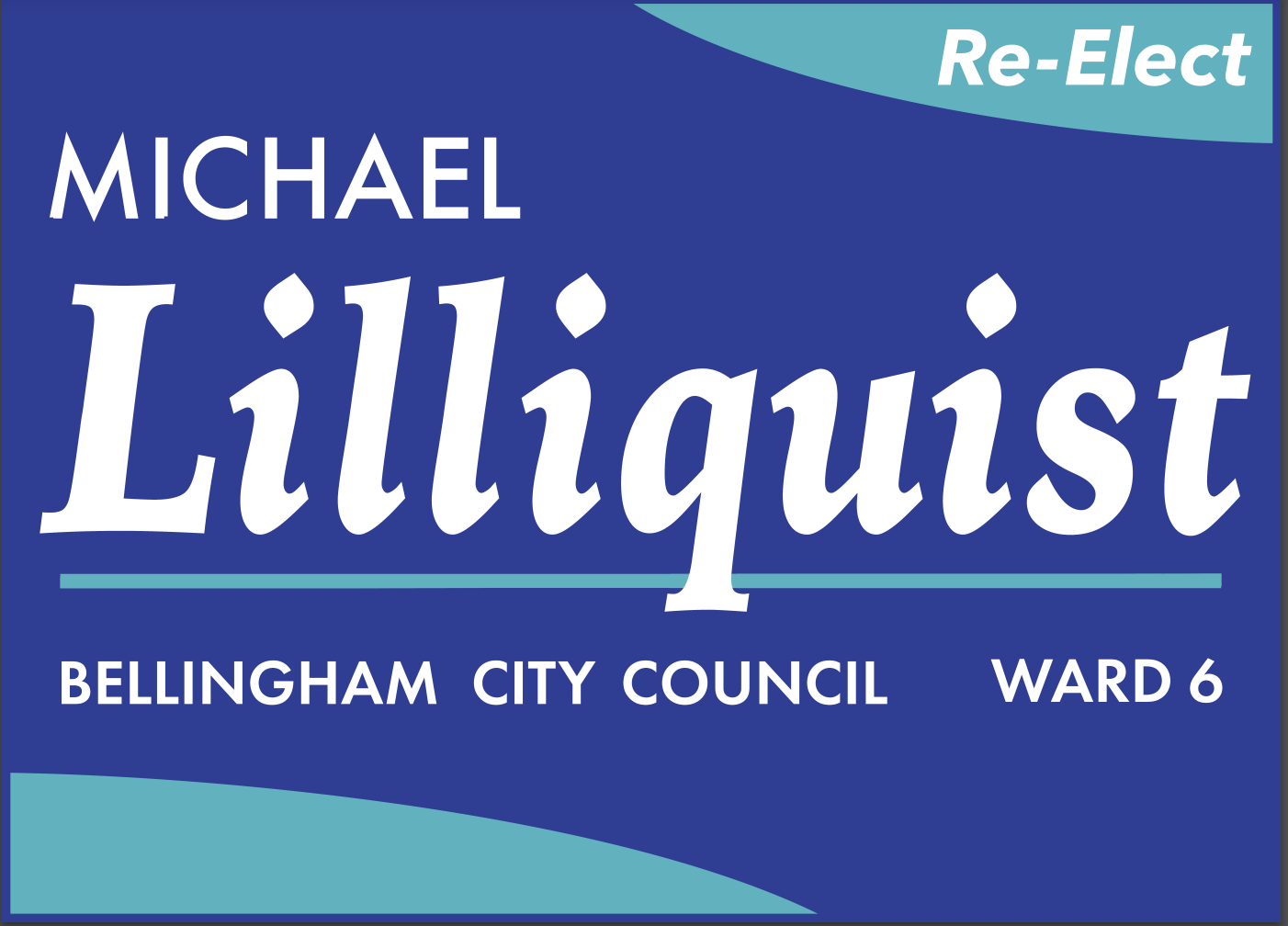I fully believe that it’s possible to end permanent homelessness. We may not be able to prevent temporary homelessness, but we can put programs in place to provide shelter, transitional housing, and supportive services right away.
Housing Affordability
The down side to economic prosperity is often in housing affordability. House prices go up. Across the country but especially ion the West Coast, we are seeing a recovering economy but even faster increases in house prices and rents. Bellingham prices are lower than similar areas in the Puget Sound region, but our local wages have not kept pace. Indeed, nationally, the purchasing power of wages have been relatively flat, even while overall economic productivity has risen steadily for decades. Meanwhile, high prices locally have led to speculation and investment, and the conversion of owner-occupied houses to rental housing. These are larger issues that Bellingham must grapple with.
The City has capacity for more housing, and we’ve seen a strong surge in urban in-fill development and in apartments, but this is not enough. The construction and development industry has responded by providing development at the higher end of the market, but entry level housing has been absent for decades. I supported the passage of the Bellingham Housing Levy, which we are using to create affordable housing.
In 2015 alone, Bellingham distributed $7.4 million in housing awards, leveraged to build over $52 million in affordable housing projects and programs. This includes special housing for displaced women with children (Lydia Place), low-income seniors (Eleanor Apartments), and first-time homebuyer assistance. More recently, the City has provided funding for a new safe shelter for survivors of domestic violence, and a new building to bring homeless youth in from the street. Just last month, I attended the ribbon cutting for new housing for hard-working-but-low-pay farmworkers, Villa Santa Fe, for which the City provided $1.4 million in seed funding. I fully and gratefully supported all these good efforts, and I will continue to do so.
Homelessness
I recently spent several hours talking directly with people experiencing homelessness, and it affirmed by belief that we need to do more to help. I met good people, who wanted and deserve a way back into shelter, employment, and dignity.
I have heard that for every hundred-dollar increase in average rent, the rate of homelessness goes up 6%. People fall off the edge. But cost is only half the equation. Risk factors for homelessness include a health crisis or disability and associated loss of job, domestic violence and broken families, and problems with substance use and/or mental illness. Unfortunately, homelessness itself increases the risk for petty criminal charges, which can add a new burden to overcome. It’s an unhappy cycle, which I believe needs to be addressed through social services, support and treatment programs, alternatives to incarceration, and most importantly with housing options – the “housing first” model.I fully believe that it’s possible to end permanent homelessness.
We may not be able to prevent temporary homelessness – which as I indicated in Question 6 commonly arise through job loss, health crisis or disability, family break-up or domestic violence, or mental illness – but we can put programs in place to provide shelter, transitional housing, and supportive services right away. This is the “housing first” model that I fully support. Our goal should always be to enable people to rebuild and rejoin our community as productive members when able, and to find compassionate supportive housing for those with permanent disabilities and afflictions.







